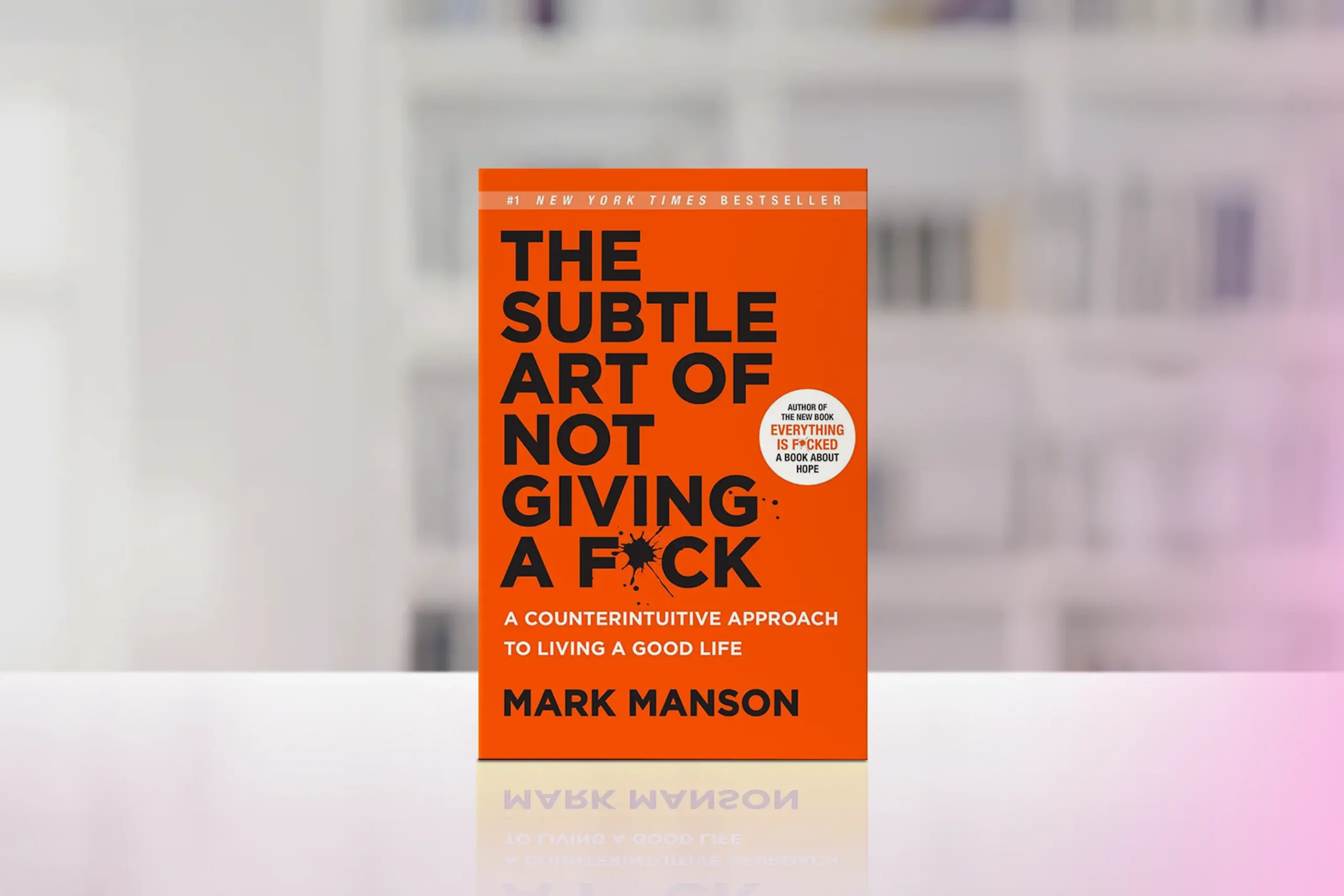Does it sometimes feel like you’re running on a treadmill that keeps getting faster? You’re not alone. In today’s hyperconnected world, 77% of people regularly experience physical symptoms caused by stress, according to the American Institute of Stress. The constant notifications, deadlines, and societal pressures can make finding balance seem like an impossible task.
Two groundbreaking books have shed important light on this modern challenge. In “The Power of Now” by Eckhart Tolle, we learn that much of our stress comes from living in our thoughts about the past or future, rather than the present moment. Meanwhile, “Digital Minimalism” by Cal Newport reveals how our technology habits often amplify our stress levels, offering practical strategies for reclaiming our calm in the digital age.
But here’s the empowering truth: while stress may be an inevitable part of modern life, feeling overwhelmed doesn’t have to be your default state. In this guide, we’ll explore practical, science-backed strategies to help you navigate stress and create lasting balance in your busy life.
What is Stress and Its Impact on Health
In our modern world, stress has become a silent epidemic affecting millions globally. According to the World Health Organization, over 300 million people worldwide suffer from stress-related conditions, making it a significant public health concern. The American Psychological Association’s 2023 survey revealed that 76% of adults reported experiencing negative health impacts from stress, while the Global Organization for Stress Research indicates that workplace stress alone costs the global economy approximately $1 trillion annually in lost productivity.
The impact of chronic stress on our health is profound and far-reaching:
- Cardiovascular Health: Studies from the American Heart Association show that chronic stress increases the risk of heart disease by 40% and can elevate blood pressure significantly
- Immune System: Research published in the Journal of Behavioral Medicine demonstrates that prolonged stress can reduce immune function by up to 30%
- Mental Health: The World Mental Health Survey reports that stress is a contributing factor in 80% of all mental health conditions
- Sleep Disruption: The National Sleep Foundation finds that 63% of stressed individuals experience poor sleep quality, creating a destructive cycle of increased stress and decreased recovery
Understanding Your Stress Response
Before we can effectively manage stress, it’s essential to understand how it operates in our bodies and minds. Think of your stress response like your car’s engine warning light – it’s trying to tell you something important about your system.
When you encounter a stressor, your body activates its “fight or flight” response, releasing hormones like cortisol and adrenaline. While this response was crucial for our ancestors facing physical threats, it’s less helpful when triggered by a packed inbox or social media notifications.
Your stress response can manifest in three key ways:
- Physical symptoms: Tension headaches, muscle tightness, and disturbed sleep patterns signal your body’s stress state
- Emotional reactions: Irritability, anxiety, and mood swings often accompany heightened stress levels
- Cognitive impacts: Difficulty concentrating, racing thoughts, and decision paralysis can result from prolonged stress exposure
Discover more about the science behind stress and wellbeing in our comprehensive guide ‘The Science of Wellbeing: How Positive Psychology Can Transform Your Life’.
The Art of Mindful Living
Creating balance starts with developing mindfulness – the practice of being present and aware without judgment. This isn’t about completely eliminating stress (which isn’t realistic or even desirable), but rather about changing your relationship with it.
Consider these practical approaches to incorporating mindfulness into your daily routine:
- Morning Mindfulness Ritual
- Begin each day with 5-10 minutes of quiet reflection or meditation
- Focus on your breath and set intentions for the day ahead
- Create a dedicated space for this practice in your home
- Mindful Transitions
- Use natural breaks in your day (like commuting or lunch) as mindfulness opportunities
- Practice conscious breathing between tasks or meetings
- Take regular “presence pauses” to check in with your body and mind
- Evening Wind-Down
- Establish a calming bedtime routine that signals your body to relax
- Disconnect from screens at least an hour before sleep
- Practice gratitude reflection to shift focus from stressors to positive aspects of your day
For more guidance on developing mindfulness practices, check out ‘Mindfulness Techniques for Everyday Life’.
Building Resilience Through Healthy Habits
Balance isn’t just about managing stress in the moment – it’s about building a foundation of resilience through consistent healthy habits. Think of these habits as your personal armor against life’s challenges.
Physical Wellbeing
- Prioritize quality sleep by maintaining consistent sleep-wake cycles
- Engage in regular physical activity that you enjoy, not just what you think you “should” do
- Nourish your body with balanced nutrition and stay hydrated
Mental Wellbeing
- Set boundaries around work and digital consumption
- Practice regular self-reflection and journaling
- Engage in activities that bring you joy and creative fulfillment
Social Wellbeing
- Cultivate meaningful connections with supportive people
- Learn to say “no” to commitments that drain your energy
- Share your challenges with trusted friends or professionals
For more detailed guidance on establishing healthy routines, explore our article on ‘Building a Wellbeing Routine: Habits for Mental and Physical Health’.
Practical Stress Management Techniques
Let’s explore specific techniques you can employ when stress levels rise. Think of these as your personal toolkit for maintaining balance:
- The 5-5-5 Breathing Technique
- Inhale deeply for 5 counts, focusing on filling your lungs completely from bottom to top
- Hold for 5 counts, allowing oxygen to fully saturate your system
- Exhale slowly for 5 counts, releasing tension with each breath
- Repeat this cycle 3-5 times whenever you feel overwhelmed, ideally in a quiet space
- This technique activates your parasympathetic nervous system, reducing cortisol levels and promoting a sense of calm
- Progressive Muscle Relaxation
- Start at your toes and work up to your head, following a systematic approach
- Tense each muscle group for 5 seconds, creating conscious awareness of physical tension
- Release and notice the sensation of relaxation, paying attention to the contrast
- Use this technique during breaks or before bed to release accumulated physical stress
- Practice regularly to improve body awareness and tension recognition
- Combine with soft background music or nature sounds for enhanced relaxation
- Stress Journaling
- Document your stress triggers and responses in detail, including time, place, and intensity
- Note patterns and common themes that emerge over time
- Brainstorm alternative responses for future situations, creating a personal toolkit
- Track your energy levels throughout the day to identify peak stress periods
- Use prompts like “Today I felt stressed when…” to dive deeper into your experiences
- Review your journal weekly to identify progress and areas for improvement
- Time Blocking
- Schedule focused work periods using the Pomodoro Technique (25 minutes work, 5 minutes rest)
- Include regular breaks for movement and recovery, treating them as non-negotiable appointments
- Set boundaries around email and notification checking, limiting to specific times
- Create dedicated zones for different activities to maintain focus
- Use color-coding or labels to visualize your day’s structure
- Build in buffer time for unexpected situations to reduce time pressure stress
To dive deeper into stress management strategies, check out our comprehensive guide on ‘Effective Stress Management: Your Path to a Healthier, Balanced Life’.
Implementation Plan: Your 4-Week Journey to Better Balance
Creating lasting change requires a structured approach that builds progressively over time. This four-week plan is designed to help you implement stress management techniques gradually, allowing each new habit to become naturally integrated into your daily routine before adding more.
Week 1: Awareness
- Monitor your stress triggers and responses
- Begin a daily 5-minute mindfulness practice
- Track your energy levels throughout the day
Week 2: Foundation Building
- Establish a consistent sleep schedule
- Implement the 5-5-5 breathing technique twice daily
- Create boundaries around work hours and digital use
Week 3: Habit Integration
- Add regular movement to your daily routine
- Practice progressive muscle relaxation before bed
- Begin stress journaling
Week 4: Refinement and Connection
- Join a stress management or mindfulness group
- Review and adjust your strategies based on what’s working
- Share your journey with a accountability partner
24-Hour Challenge: Start your journey today by choosing one mindfulness technique from this article and practicing it at three specific times throughout tomorrow. Notice how it affects your stress levels and overall sense of balance.
For more guidance on setting and achieving your wellbeing goals, explore our article on ‘The Art of Effective Goal Setting and Achievement’.
Moving Forward with Purpose
As we conclude our exploration of stress management, remember that creating balance isn’t about achieving perfection – it’s about progress and self-compassion. Your journey to better stress management is unique, and what works best for you may evolve over time.
Consider these reflection questions as you move forward:
- What stress management techniques resonated most strongly with you?
- How can you modify these strategies to fit your specific lifestyle?
- What support systems can you engage to help maintain your new habits?
- What would a more balanced life look and feel like for you?
Take a moment now to commit to one small step toward better balance. Perhaps it’s setting a regular bedtime, starting a mindfulness practice, or reaching out to a friend for support. Remember, every journey begins with a single step, and you’ve already taken an important one by reading this article.
The path to balance in our fast-paced world isn’t always straight or simple, but with consistent practice and self-compassion, you can create a more peaceful, centered life – one mindful moment at a time.
Ready to deepen your wellbeing journey? Explore our related articles on “The Power of Self-Compassion: A Guide to Building Inner Strength” and “Digital Detox: Finding Balance in a Connected World” for more insights and strategies.





